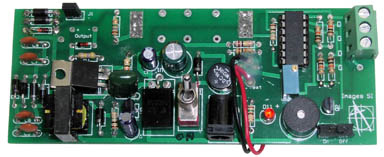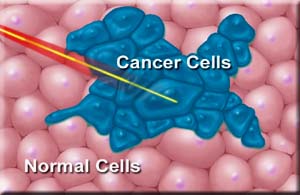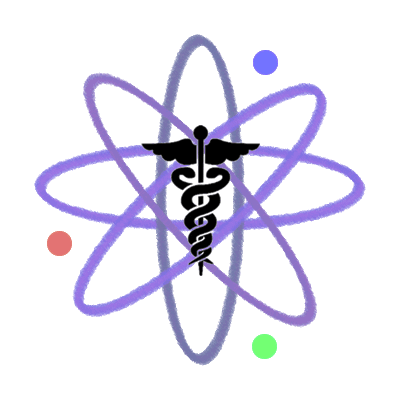Inexpensive Geiger counters can be purchased for around $200. If you would rather build your own Geiger counter, there are a number of sources for instruction and kits.
Images Scientific Instruments has a website that offers kits for sale to build digital Geiger counters, PC based Geiger counters, analog meter Geiger counter and analog Geiger counters. Starting with the simplest models that indicate emitted radioactive particles by clicking sounds and blinking LED and moving through digital displays and meters to free PC programs, there is a range of instruments at a range of prices.
There is a website that promotes a Geiger counter project called Mr. Fission. The counter indicates emitted radioactive particles by audible clicks, digital numerical display and LCD bar chart display. The site discusses how a hardware hacker built his own Geiger counter from scratch. He is working on a kit that people will be able to buy to build their own. He hopes to be able to use readily available parts that will cost under $20. The Geiger-Müller tube will have to be purchased separately.
Galactic Electronics has a Geiger counter project webpage. The counter indicates emitted radioactive particles by audible clicks. They list the common electronic parts that are needed, provide a schematic of the electronic circuit and give detailed instructions. They suggest going to the surplus market to get the Geiger-Müller tube to keep the cost down.
Russell E. Clift has posted a webpage for a Bargraph Geiger Counter project. It displays radiation events in a bar graph format as suggested by the name. He provides details of how the counter operates, has a circuit diagram that can be expanded into a larger picture, lists all the parts needed and gives detailed instructions on how to build his counter .. He also includes a section on testing and calibration. Kits for the counter can be purchased from Allegro Electronic Systems.
Anything Radioactive is a English website sells a lot of different Geiger Counters including a watch that registers gamma radiation. They have a DIY kit from Japan called the Air Geiger Counter. It shows radioactive events on an LCD display. One interesting thing about this kit is that they show you how to construct the Geiger-Muller tube itself which is the heart of a Geiger counter. All the materials and parts are common and readily available. There is free software available for use on a PC with the completed kit. This company also sells Geiger-Müller tubes which could be used with some of the other projects listed in this post.
Kits USA has the C-6979 Sensitive Geiger Counter Kit for sale. It uses a Russian Geiger-Müller tube. It senses gamma and beta radiation and responds with clicks and flashes of an LED. They provide all parts including the tube and full instructions.
All of these kits assume that you are able to follow instructions for constructing electronic devices and that you are able to solder components onto a circuit board correctly.
Images Scientific Instruments GCK -O1 circuit board:



